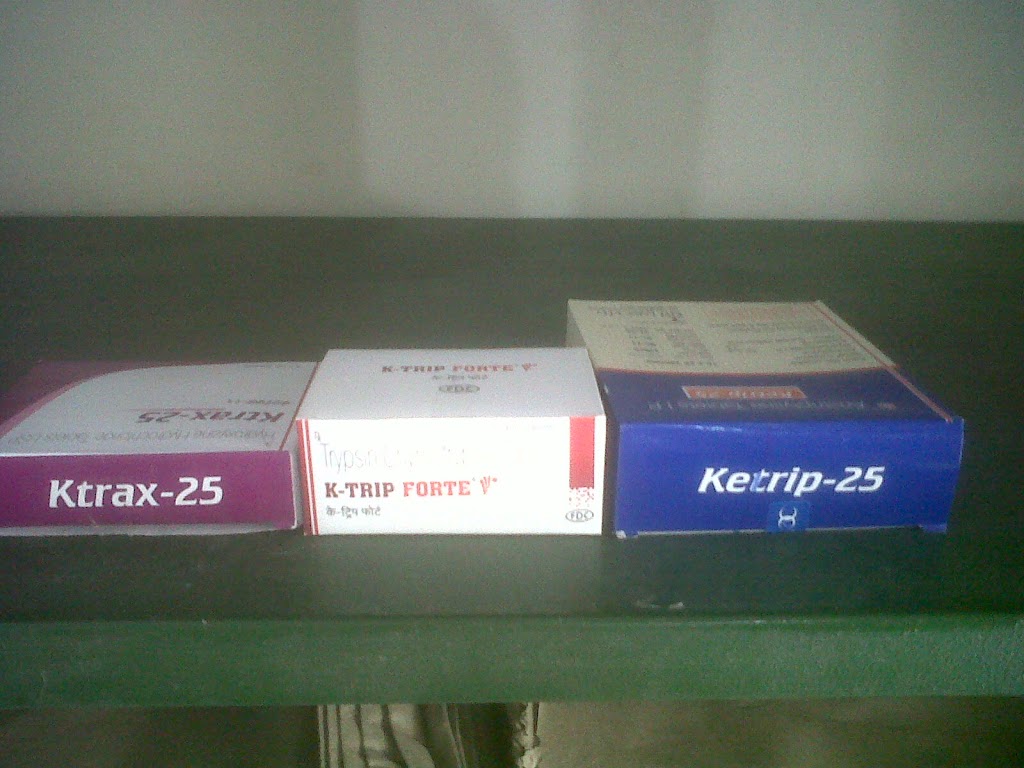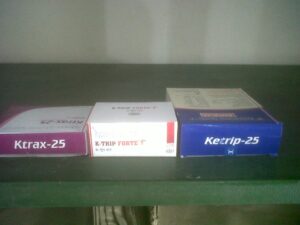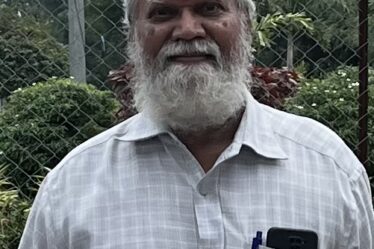
She lay on the hospital bed, grateful to the doctors for successfully fixing her broken bone. Just wheeled from the operating room to the ward, she looked forward to going home the next day. Her post-op orders were simple: nil by mouth for two hours and two liters of intravenous fluids. The surgeon also instructed the nurse to add Injection Neurobion (Vitamin B) to the IV drip, believing vitamins hasten recovery and promote wound healing.
The ward round ended, and the surgeon left.
Two weeks ago, the hospital had introduced a basic version of computerized prescriber order entry (CPOE). This system allowed doctors to write orders electronically, replacing traditional paper prescriptions. The electronic system promised several advantages: legible orders, faster completion, accurate inventory management, and automatic billing.
Trained in electronic prescriptions, the nurse selected the patient’s record on the computer screen, clicked a few buttons, and searched for Injection Neurobion. Not finding it in the dropdown list, she selected the next option in the alphabetical order—Neocuron—assuming it also contained Vitamin B.
The patient’s relatives purchased the drug from the hospital pharmacy and handed it to the nurse, who promptly added it to the IV drip. Then, she returned to her desk.
Minutes later, the patient’s breathing became slow and labored. She felt drowsy, struggled to open her jaw, and her limbs went limp. A passing doctor noticed her distress.
She was rushed to the ICU. Residents and nurses surrounded her, checking vital signs, listening to her lungs and heart, and measuring oxygen saturation. The numbers looked alarming, but no one knew why she was deteriorating so rapidly.
They did what seemed best: administered oxygen and infused IV fluids.
The operating surgeon, still in the hospital, rushed in. A resident quickly narrated the events. The surgeon asked just one question: “Did she receive any drug in the last hour?”
“Yes, sir,” the nurse replied.
“Get me that injection.” The urgency in his voice was unmistakable. The nurse handed him the empty vial. One glance at the label, and his face darkened.
“How on earth did my patient receive this injection?” he demanded. He had every reason to be furious. The label read Pancuronium—a long-acting muscle relaxant used by anaesthetists to paralyze muscles, including those needed to breathe.
Pancuronium led to pandemonium.
The nurse was devastated. The residents were in shock. The Neocuron drip was immediately stopped. An anaesthetist rushed in and administered drugs to reverse its effects. Six hours later, the patient, blissfully unaware of what had transpired, began to recover. Four days later, she went home, fully healed.
The mistake could have been fatal. Were it not for the surgeon’s quick thinking, the wrong drug could have killed the patient?
Neurobion and Neocuron—two names so alike that the nurse mistook one for the other. She was not alone. Globally, more than 300,000 medication errors occur each year due to name mix-ups. Many go unnoticed. Some are covered up.
Why do such errors happen? Several factors contribute. Doctors’ handwriting is often illegible, readable only by pharmacists—or guessed at. Even electronic prescriptions can go wrong. A doctor might select the wrong drug from a dropdown menu. Recently, a patient was mistakenly prescribed K-Trax (hydroxyzine, an antihistamine) instead of Ke-Trip (amitriptyline, an antidepressant). On the pharmacy shelf sat another similar-sounding drug: K-Trip Forte (a trypsin-chymotrypsin combination). Would every doctor recall the right drug?
Pharmacists, working under pressure and surrounded by impatient customers, often arrange drugs alphabetically, increasing the risk of errors. To err is human; to prescribe and dispense correctly, divine.
Look-alike, sound-alike (LASA) drugs cause serious harm. With over 27,000 pharmaceutical companies in India selling drugs worth $9 billion annually, and hundreds of thousands of brand-name drugs flooding the market, the potential for confusion is staggering. Prescribing, dispensing, or administering the wrong drug is an error rarely reported.
Three decades ago, during my medical residency, I saw a woman die from a prescription error. She was given two tablets of digoxin (a drug that slows the heart) thrice a day instead of diodoquin (an anti-amoebic drug, later banned). The nurse misread the doctor’s handwriting. In our ICU, disopyramide and dipyridamole—two very different heart medications—were often confused. More recently, my residents told me about a pregnant woman who, for a week, took Eltroxin (thyroid hormone) instead of Althrocin (erythromycin, an antibiotic).
Tweedledum and Tweedledee—the title of this post may sound whimsical. These identical characters from Lewis Carroll’s Through the Looking-Glass were hard to tell apart. So are many drugs. A single slip—a misread label, a hurried selection—can lead to disaster. For a patient, one small mistake by a doctor can be a giant leap—toward the grave. We, as doctors, must remember this.


